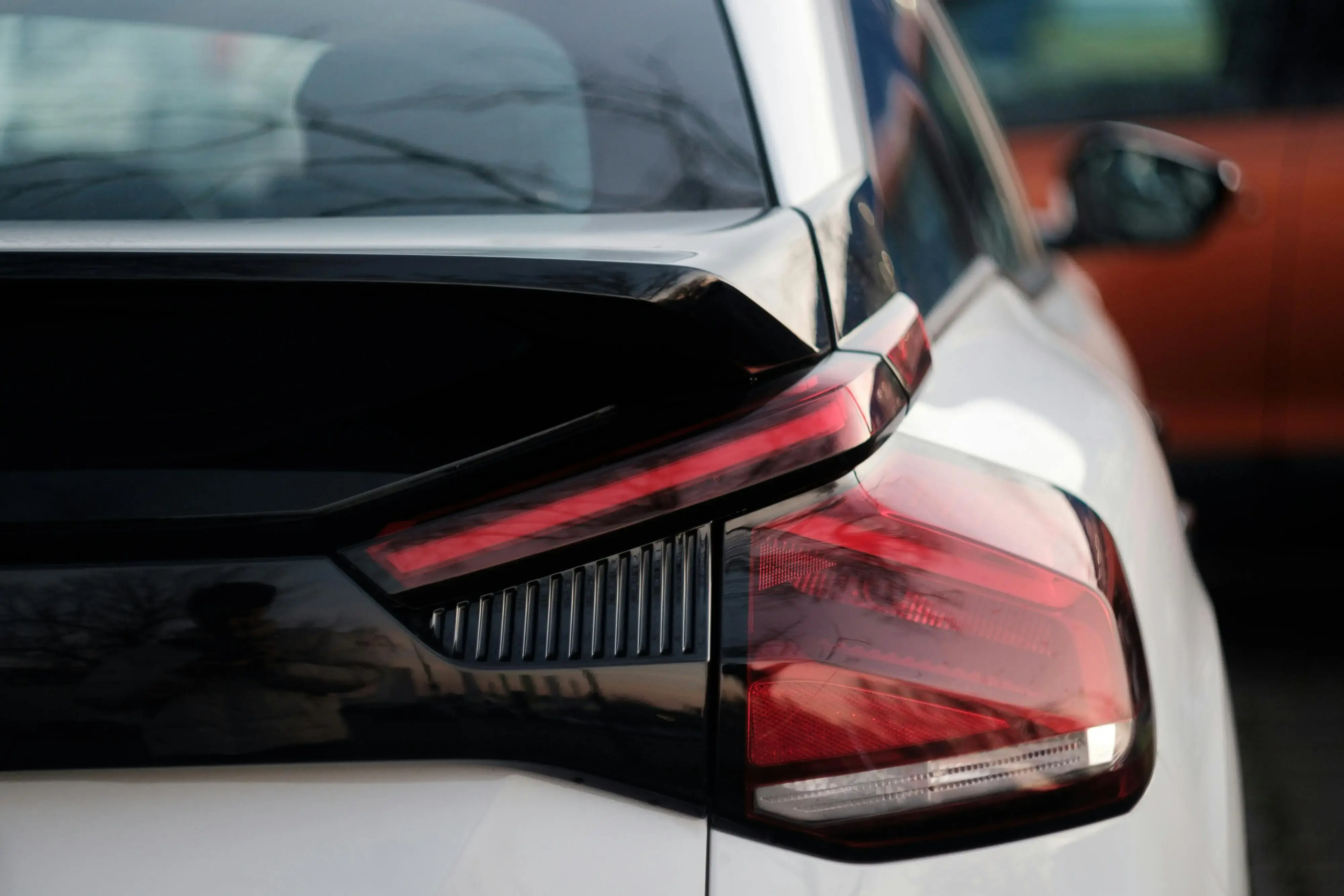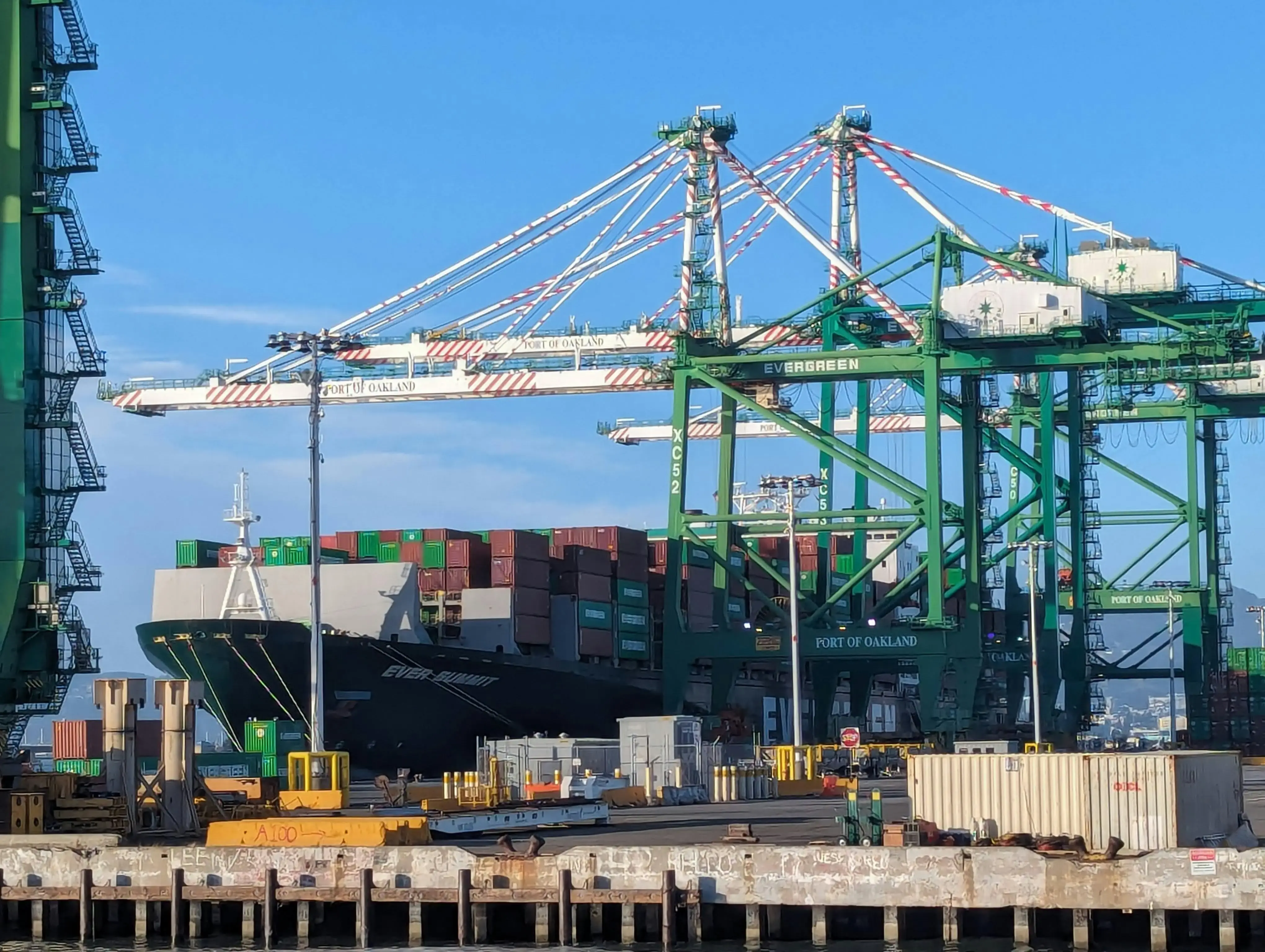What Is The “Chicken Tax”? (And Why It Matters For Importing Trucks)
The single largest cost barrier to bringing a foreign-built pickup or cargo van into the United States is not ocean freight or inland dray—it’s an obscure, six-decade-old tariff nicknamed the Chicken Tax. Still levying a 25 percent duty on most imported light trucks, this 1964 policy turns otherwise affordable vehicles into prohibitively expensive acquisitions overnight.
1. Chicken Tax 101 – A 25 Percent Tariff That Hatched From Poultry
In 1962 the European Economic Community slapped high duties on U.S. frozen-chicken exports. Two years later President Lyndon B. Johnson retaliated, imposing a 25 percent tariff on four categories, including potato starch, dextrin, brandy—and light trucks. The other items were eventually lifted; the truck duty endures.
Key elements:
-
HS Code 8704 generally covers pickups, cargo vans, cab-chassis, and certain SUVs.
-
The tariff applies to trucks assembled outside North America unless a Free Trade Agreement (FTA) waives it.
-
USMCA (Canada–Mexico), CAFTA-DR, and select bilateral FTAs exempt qualifying trucks when they meet Rules of Origin and Regional Value Content.
2. How the Chicken Tax Impacts Modern Imports
| Scenario | Duty Rate | Resulting Cost Impact |
|---|---|---|
| New Japanese pickup | 25% of CIF value | Adds ≈ $7,500 to a $30k truck |
| German electric van kit (assembled in U.S.) | 2.5% (parts) | Tariff engineering lowers duty |
| Canadian-built truck meeting USMCA | 0% | No Chicken Tax |
| Classic truck 25+ years, Japan | 25%* | Still subject to full rate |
Grandfathered ‘classic’ entries still face the 25 percent levy. Japan’s reciprocal tariff was recently removed under the 2025 bilateral deal, so no additional surcharge applies to Japanese vehicles
For background on age exemptions and reciprocal surcharges, see our classic car exemption guide.
3. Famous Work-Arounds (and Why They’re Harder in 2025)
-
Cargo-to-Passenger Conversion – Mercedes once shipped Sprinter vans with rear seats, removed them in South Carolina, then sold as cargo vans. CBP cracked down—today such reclassification must be “substantial” to qualify.
-
Kit-Build Importing – Importing disassembled bodies and drivetrains separately (HS 8708 parts) attracts 2.5 percent duty, then reassembles stateside. Customs now scrutinizes major sub-assemblies; value-added rules apply.
-
Bed-Delete Flatbeds – Importing cab-chassis trucks (HS 8706) can bypass Chicken Tax if the vehicle is incomplete—but U.S. finishing must be “commercially significant.”
-
USMCA Production – OEMs like Toyota moved Tacoma production to Mexico, fully avoiding the tariff under North-American content rules.
4. EV Trucks and the Chicken Tax
Electric pickups and vans fall under the same HS 8704 classification—no duty relief. Add the 25 percent Section 301 surcharge on Chinese EVs, and total duty skyrockets to 125 percent. Importers pivot to:
-
Canadian tooling for Rivian-style conversions.
-
Used EVs with U.S. origin to skirt both Chicken Tax and Section 301.
-
Dropping battery packs to import as chassis components at 2.5 percent, then installing U.S.-sourced packs.
5. Cost Breakdown: Importing a 2023 Toyota Hilux From Japan
| Cost Component | Amount (USD) |
|---|---|
| Vehicle purchase (FOB Kobe) | $28,000 |
| Inland trucking to Kobe port | 400 |
| Ocean freight Kobe → Oakland (RoRo) | 1,950 |
| U.S. port & docs | 550 |
| 25% Chicken Tax | 7,000 |
| Total landed cost | $37900 |
The tariff portion alone is $10,973—over 26 percent of total outlay.
6. Three Scenarios Where Importing Still Makes Sense
A. Specialty Overland Builds
Iconic Land Cruiser pickups (HZJ79) lack U.S. equivalents; buyers accept high duty for uniqueness.
B. Commercial One-Offs
Right-hand-drive utility trucks for postal routes can amortize duty via fuel savings and operational efficiency.
C. Classic Investment Trucks
Pre-USMCA Canadian-market Dodge RAMs, already 25+ years old, still fetch premiums—even with the tax—due to rarity and collector demand.
7. West Coast Shipping Strategy Playbook
-
Tariff Classification Audit – We decode VIN, component origins, and build sheets to confirm HS code accuracy.
-
FTA Eligibility Screening – Apply USMCA, CAFTA-DR, or KORUS tests to lower or eliminate the duty.
-
Kit-Import Planning – If feasible, split shipments into CKD (complete knock-down) parts at 2.5 percent, then arrange U.S. reassembly partners.
-
Consolidated Containers – Combine a truck cab with cars or motorcycles in a 40-ft box to dilute per-unit port fees.
-
Pre-Arrival Ruling Requests – Advance binding rulings from CBP lock in the lowest legal rate, avoiding surprise re-classifications.
-
Real-Time Tracking & Photo Milestones – Our portal records condition and chain-of-custody for duty disputes or damage claims.
8. Step-by-Step Import Checklist
-
Purchase Agreement – Ensure seller provides export-ready title.
-
Finalize HS Code – 8704 vs. 8703 vs. 8706 affects duty.
-
Gather Documents – Bill of sale, export cert, EPA 3520-1, DOT HS-7, power of attorney.
-
Book Shipping – Choose RoRo (running units) or container (non-running, multiple vehicles).
-
File ISF (Import Security Filing) – West Coast Shipping submits 72-hour pre-arrival.
-
Pay Duties & Fees – 25 percent Chicken Tax plus any reciprocal tariff.
-
Customs Release & Delivery – Dray to your facility or door delivery through our network.
Document templates live in our auction car paperwork guide.
9. Frequently Asked Questions
Does the 25-year exemption ever waive the Chicken Tax?
No. Age exempts safety and emissions; it does not change tariff rates.
Can I re-classify a pickup as a passenger car by adding seats?
Not anymore. CBP deems simple seat addition “tariff engineering” and applies the higher duty if the vehicle’s structural design remains a truck.
Are camper vans subject to the Chicken Tax?
If built on a cargo-van chassis and classified as 8703 (passenger) they face 2.5 percent; if 8704 (truck) they face 25 percent. Layout and seatbelts often decide.
What if I remove the bed and import as a cab-chassis?
Possible, but CBP requires “substantial transformation” post-import. Consult our compliance desk first.
10. Why Importers Choose West Coast Shipping
-
Tariff Optimization – Decades of HS coding and FTA navigation.
-
Global Truck Expertise – From Land Cruiser pickups to Sprinter van CKDs.
-
Company-Owned Yards – California, Florida, New Jersey for easy consolidation.
-
Weekly Sailings & Real-Time Tracking – Predictable timelines, transparent milestones.
-
End-to-End Compliance – ISF, customs bonds, port drayage, and final delivery—all handled in-house.
Get Your Truck Import Quote Now
Ready to calculate the true landed cost of your dream pickup or van? Click below for an instant, all-inclusive quote—then let West Coast Shipping handle every mile, form, and tariff on your journey from foreign showroom to American driveway.
You May Also Like
These Related Stories

Europe To US Container Shipping: Why WCS Is #1 For Vehicle Imports

How To Use Our Car Shipping Cost Calculator For International Shipping

-093789-edited.png?width=220&height=79&name=wcs_final_logo_(1)-093789-edited.png)
